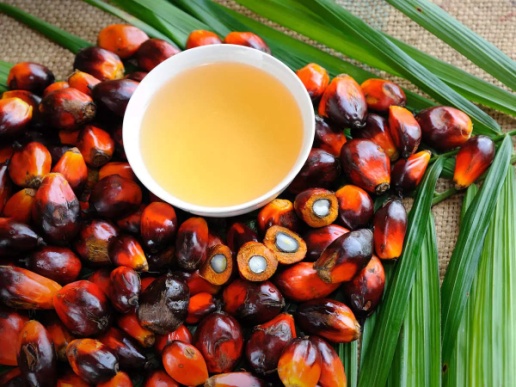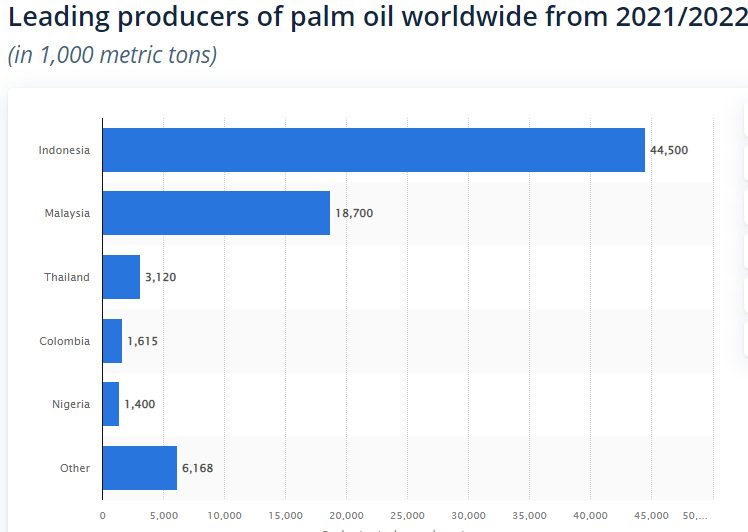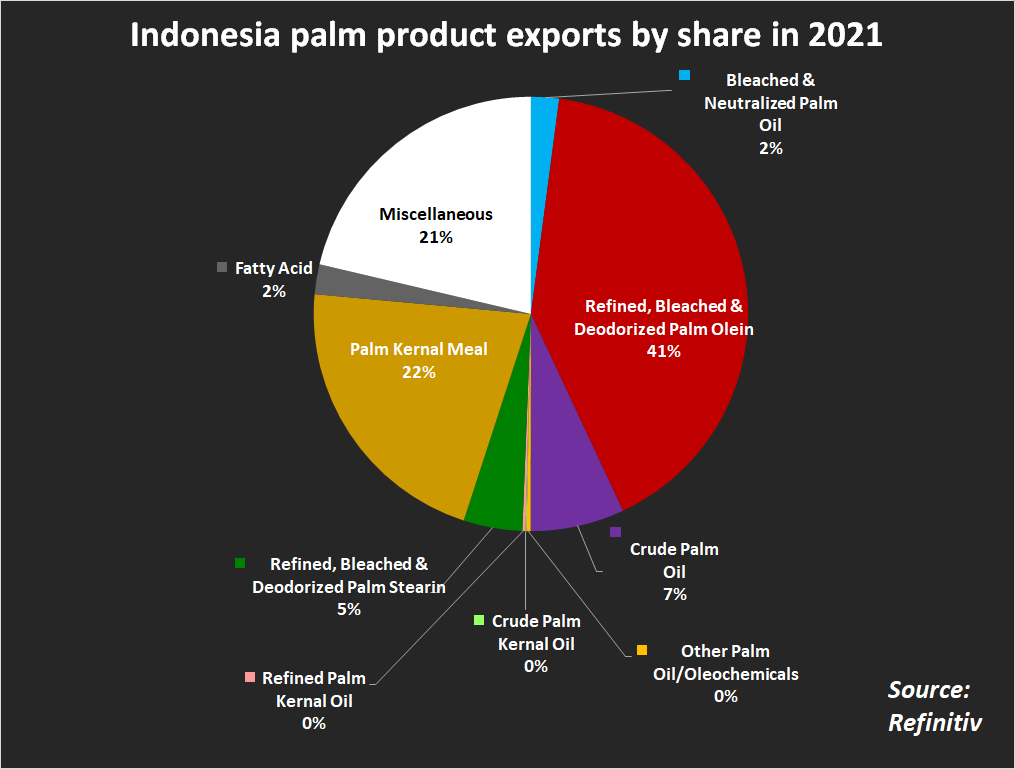Free Courses Sale ends Soon, Get It Now


Free Courses Sale ends Soon, Get It Now



Disclaimer: Copyright infringement not intended.
Context
Palm Oil
Production

Consumption
The recent ban by Indonesia

Why has Indonesia banned the export of palm oil?
Why are palm oil prices rising?
India’s Palm Oil requirements
|
India is the second-largest consumer of vegetable oils globally, accounting for more than 10 percent of global demand. Palm oil is of importance, given it accounts for about 40 percent (normalized) share in India’s overall edible oil consumption basket. Nearly two-thirds of India’s edible oil demand is met by imports. |
Plausible implications of recent export bans on India
How will this impact FMCG companies and QSRs?
Palm Oil: India specific
India and Oilseeds
National Mission on Edible Oils-Oil Palm (NMEO-OP)
Other Concerns associated with Palm Oil Production
Way Ahead
Enforcement of RSPO standards
Other steps
https://epaper.thehindu.com/Home/ShareArticle?OrgId=G639RQ5KR.1&imageview=0
© 2024 iasgyan. All right reserved